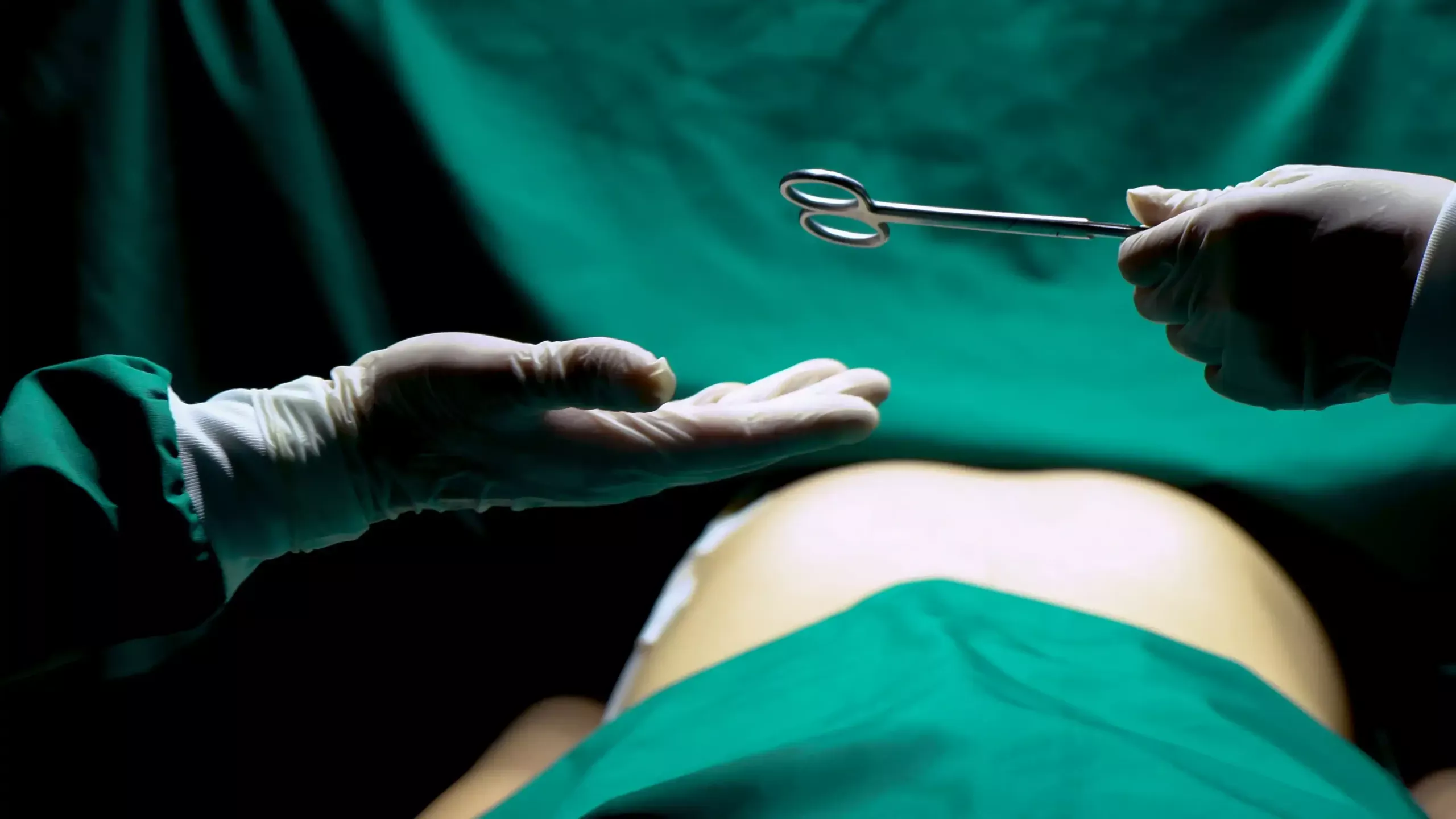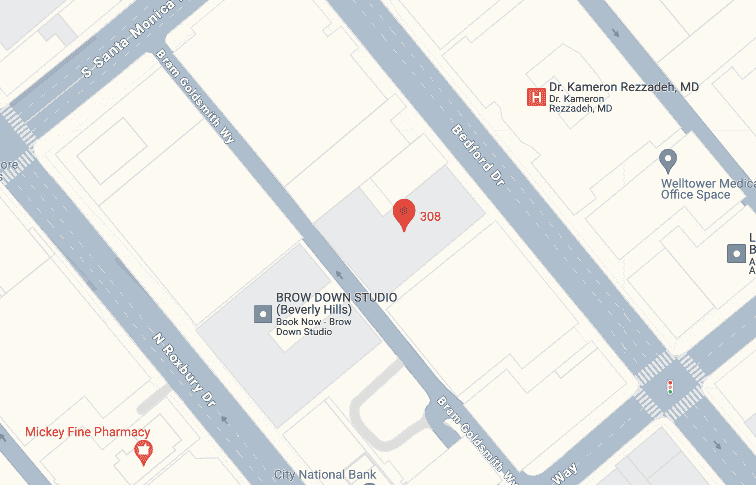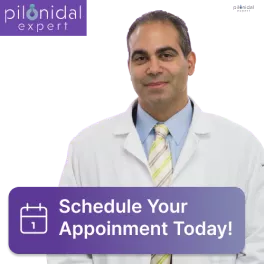A pilonidal cyst is a common yet uncomfortable dermatological condition that can significantly affect an individual’s quality of life. These cysts, which typically form near the tailbone at the top of the buttocks, are frequently accompanied by pain, swelling, and the possibility of infection. Pilonidal cyst removal surgery becomes a viable option when conservative treatments fail to provide relief. In this article, we will look at the benefits and risks of pilonidal cyst removal surgery, shedding light on this critical medical procedure.
Understanding Pilonidal Cysts and Pilonidal Disease
Pilonidal cysts are abnormal sacs that form near the coccyx, or tailbone, in the skin. These cysts can become infected and cause pilonidal disease, which is characterized by the presence of one or more painful, fluid-filled abscesses. Pilonidal disease is more common in young adults and men, and it is believed that factors such as excessive hair growth, friction, and poor hygiene contribute to its development.
When Surgery Becomes Necessary
Pilonidal cysts are frequently treated conservatively, with warm compresses, antibiotic therapy, and abscess drainage. However, if the cysts are recurring, large, or infected, a healthcare professional may recommend surgical removal. The goal of pilonidal cyst removal surgery is to remove the cyst and prevent future occurrences.
Benefits of Pilonidal Cyst Removal Surgery
Surgery provides a permanent solution for removing pilonidal cysts, addressing the underlying cause of the condition and lowering the risk of recurrence.
Symptom Relief: Surgical removal can significantly improve the patient’s quality of life by alleviating the pain, discomfort, and swelling associated with pilonidal cysts and abscesses.
Infection Prevention: By removing the cyst and the underlying tissue, the risk of infection is reduced, potentially preventing serious complications.
Faster Healing: Surgical techniques have advanced over time, resulting in minimally invasive procedures with shorter healing times and less scarring.
Types of Pilonidal Cyst Removal Surgery
In cases of acute infection, a small incision is made to drain the abscess and relieve the immediate symptoms.
Laser Hair Removal: This technique is intended to reduce hair growth in the affected area, which can contribute to cyst formation. While not a complete cure, it may aid in the prevention of recurrence.
Excision and primary closure: The cyst and surrounding tissue are removed, and the wound is sutured closed. This method is useful for single cysts and promotes faster healing.
Open Healing: In more extensive cases, the wound is left open to heal from the inside out. This method reduces the risk of infection and recurrence, but it may take longer to heal.
Risks and Complications
While pilonidal cyst removal surgery has many advantages, it is not without risks. Among the possible complications are:
Infection: Infected surgical wounds can lead to delayed healing and the need for additional treatment.
Recurrence: Even after surgery, cysts may reappear, especially if underlying risk factors are not addressed.
Delayed Healing: Open wound healing can take weeks or even months, requiring careful wound care and management.
Scarring: Scarring from surgical procedures varies depending on the surgical technique and individual healing factors.
Anesthesia Risks: Pilonidal cyst removal, like any surgery, has anesthesia risks that should be discussed with your healthcare provider.
Also See: What is the Procedure to Remove a Pilonidal Cyst?
Questions to Ask Yourself if You’re Considering Pilonidal Cyst Removal Surgery
The decision to have pilonidal cyst removal surgery is a significant one that must be carefully considered. Before deciding on surgery, it’s critical to assess your personal situation and gather as much information as possible. In order to make an informed decision about whether pilonidal cyst removal surgery is right for you, ask yourself the following questions:
1. How Severe and Frequent Are My Symptoms?
Take into account the frequency and severity of your pilonidal cyst symptoms. If you have frequent infections, pain, or discomfort that interferes with your daily life, surgery may be a viable option.
2. Am I Willing to Commit to Post-Surgery Care?
Understand that post-operative care for pilonidal cyst removal surgery may include wound care, dressing changes, and follow-up appointments. Are you willing and able to follow the recommended care plan?
3. What Surgical Techniques Are Available to Me?
Investigate and discuss the various surgical techniques for pilonidal cyst removal with your healthcare provider. Understand the benefits and drawbacks of each approach to determine which best suits your preferences and needs.
4. What Are the Potential Benefits for Me?
Consider how pilonidal cyst removal surgery could benefit you. Will it relieve your pain, lower your risk of infection, and improve your overall quality of life?
5. What Are the Potential Risks and Complications?
Learn about the risks and complications associated with pilonidal cyst removal surgery. Consider how these dangers might affect your health and well-being.
6. Do I Understand the Healing Process?
Gain a thorough understanding of the post-surgery healing process. Are you ready for wound care, healing times, and any activity restrictions that may be required?
7. What Are My Expectations for Cosmetic Outcomes?
Consider your expectations for scarring and cosmetic outcome. Scarring may vary according to surgical technique, so consider how this aligns with your personal preferences.
8. Am I Comfortable with Anesthesia Risks?
Discuss the risks of anesthesia with your healthcare provider and assess your level of comfort with undergoing anesthesia for the surgery.
9. How Will Surgery Impact My Daily Life?
Consider how pilonidal cyst removal surgery will affect your daily routine, work, and other responsibilities, as well as the potential recovery time.
10. Have I Discussed My Decision with a Healthcare Professional?
Consult a medical specialist with pilonidal cyst management experience. They can give you personalized advice based on your medical history and personal circumstances.
Expert Solutions and Expert Care for Pilonidal Cysts
Do you or a loved one struggle with the discomfort and pain of pilonidal cysts? Don’t let this condition hold you back any longer. At Pilonidal Experts, we understand the challenges posed by pilonidal cysts and are dedicated to providing you with the most effective solutions for relief and recovery.
It’s time to take the first step towards a future free from discomfort and pain. Contact Pilonidal Experts today to learn more about our specialized services, pilonidal cyst treatment options, and how we can help you regain your quality of life, today!








